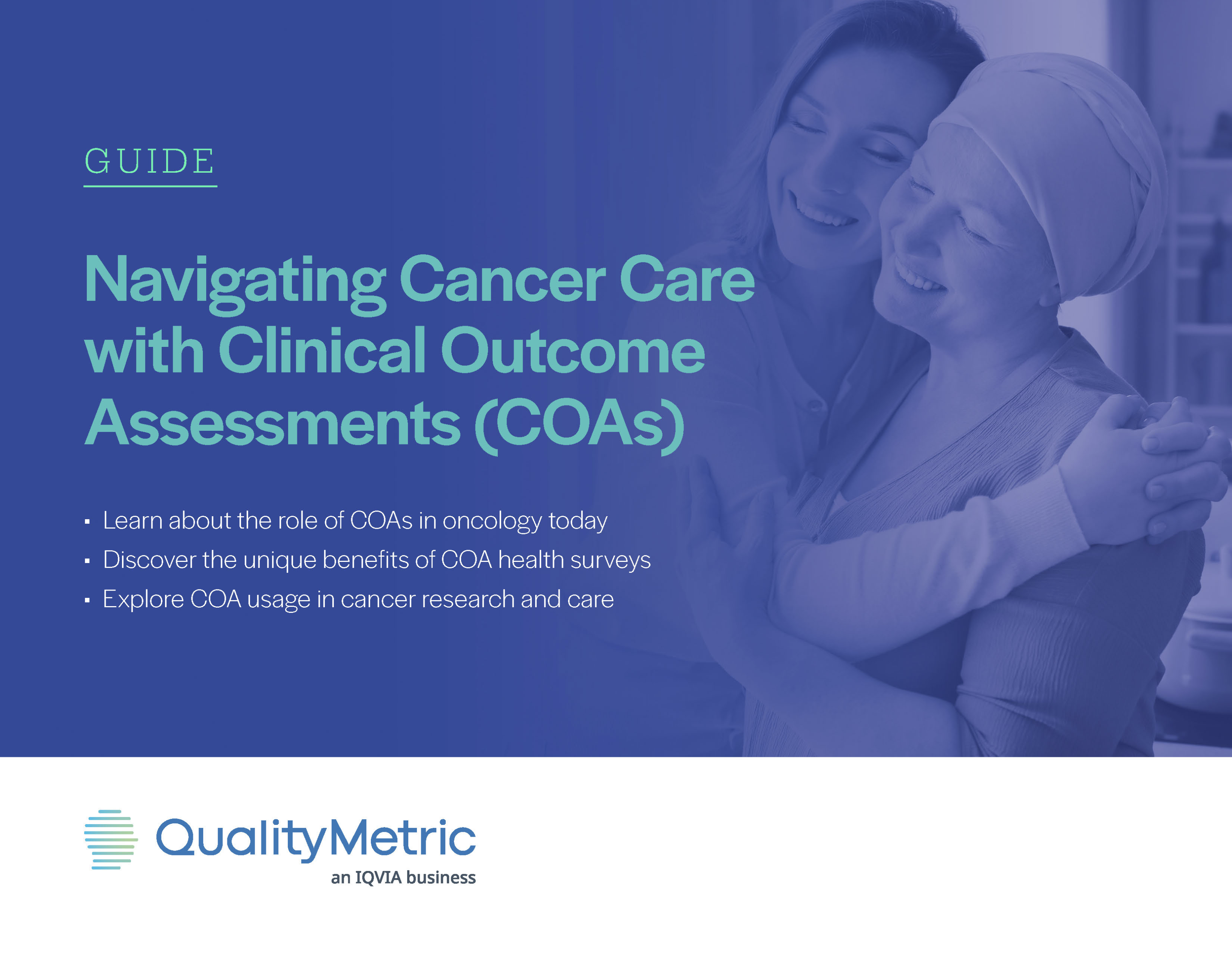Language services across international clinical research and care settings
Helping patients easily and accurately understand every linguistic component of multinational studies, projects and programs
Through our trusted network of U.S.-based linguists and in-country translators, we deliver cross-cultural adaptations and linguistically validated translations of all types of clinical and scientific content. Our specialists cover more than 200 languages across research locations around the world. Working towards absolute conceptual equivalence, cultural appropriateness and content validity, we enable each target population to interpret translated items exactly as intended.
Our translators are not only selected for their linguistic expertise, but also for their breadth of knowledge on end-to-end drug development and country-specific guidelines. Closely following FDA and ISPOR recommended methodology, we align your PRO translations with both regulatory authority requirements and industry best practices in the clinical research space.






